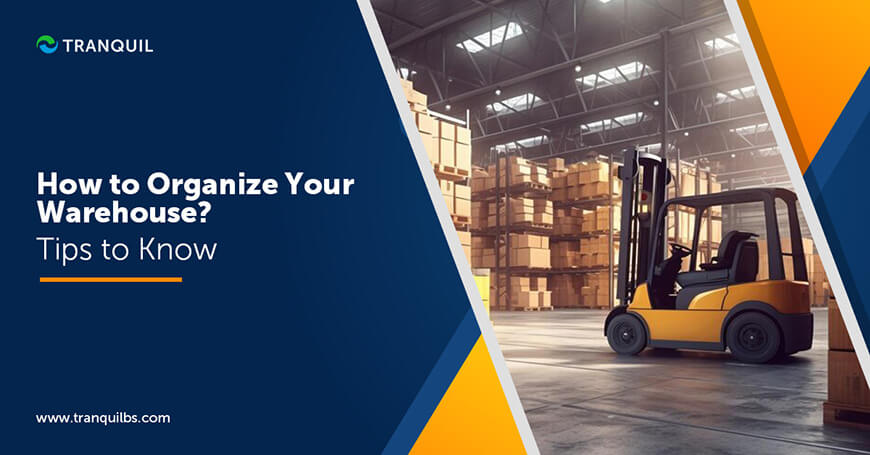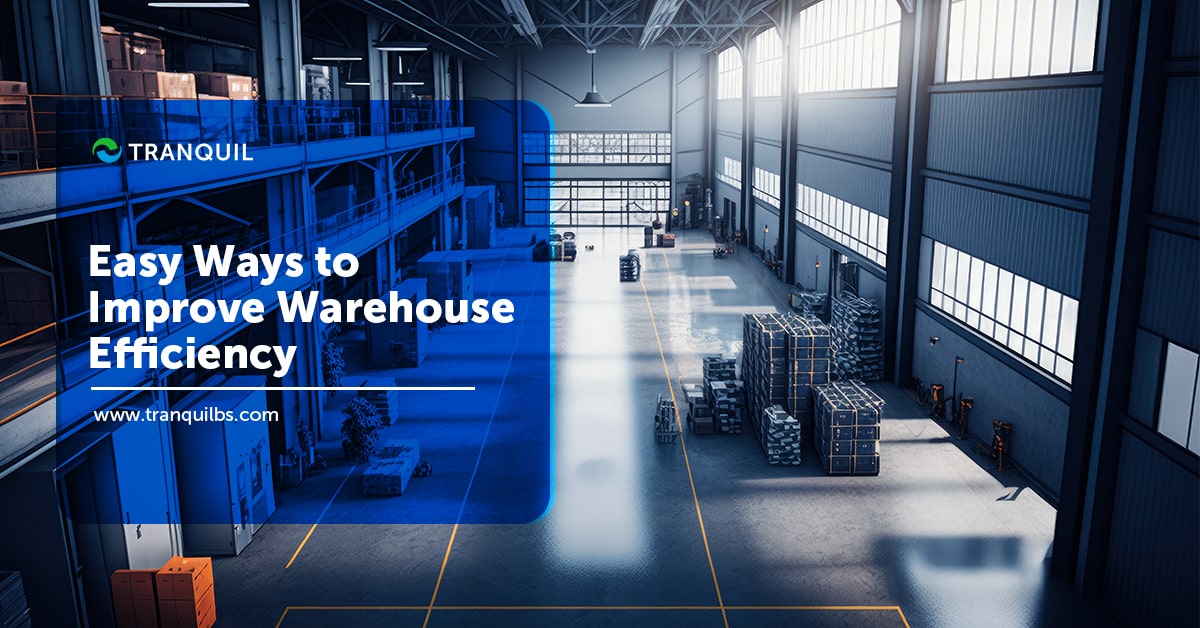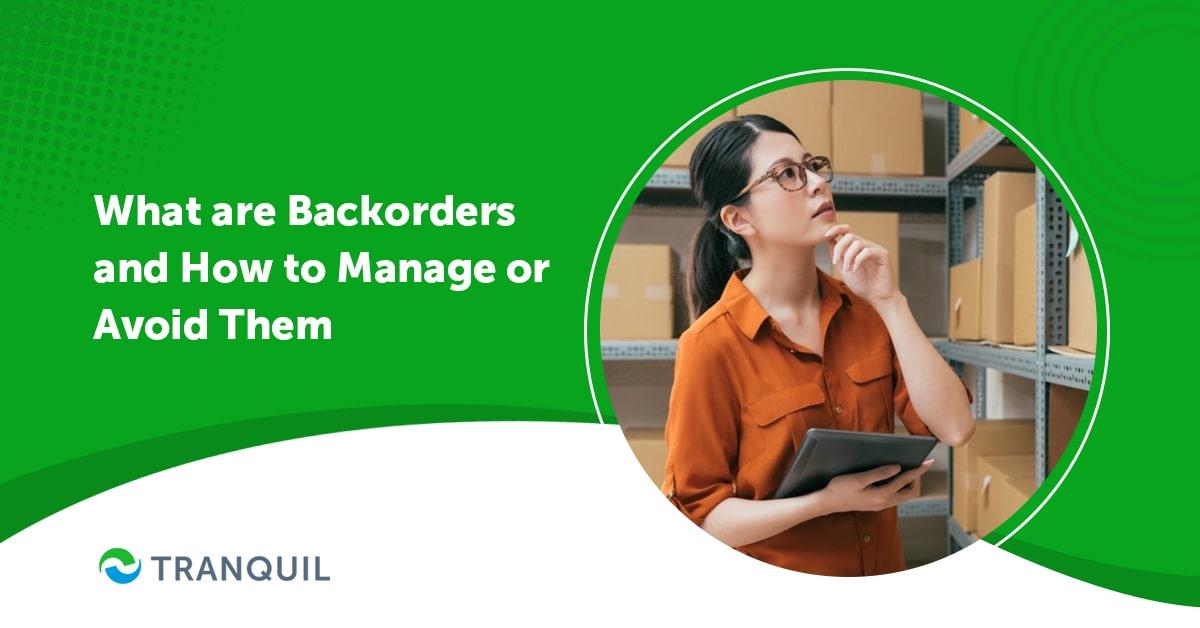
What are Backorders and How to Manage or Avoid Them?
In 2018, Amazon launched Echo and it was an instant sell-out.
The orders didn’t stop coming in, and the company accepted orders though they didn’t have ready stock.
They informed customers that their orders would be fulfilled at the earliest.
ALSO READ: Factors for a Successful ERP Implementation
What is Backordering?
The Amazon Echo incident is one of the most famous examples of back ordering in the world.
It is simply the practice of accepting orders from your customers for a particular item even if you don’t have adequate stock of that particular item.
An unprecedented spike in sales or orders means that that item is popular and selling rapidly; as such it would be foolish to tell customers that you don’t have the item.
The smart thing to do would be to accept orders and inform customers about the expected delivery time.
Some companies follow an inventory management tactic where they stock minimal quantities and often receive the goods only when demanded.
This ‘just in time’ strategy helps reduce holding costs, and items are regularly backordered; but of course, this requires an accurate forecast of customer demand within a certain time period.
Backordering is a critical element in operational success in such businesses.
ALSO READ: Ways to Improve the Procurement Process
Why is Backordering Important?

The system of back ordering helps increase sales and also stops customers from buying from your competition.
Some other advantages it offers:
1. Customization
Backordering enables customization as you pass the customer order to your supplier; the customization can be included in the order, which is not possible when you use a standing inventory.
This increases the appeal for your customers.
2. Reduced Expenses

Thanks to backorder inventory, you don’t have to stock too much product, and this brings down warehouse expenses.
This is especially useful for new businesses, as it can free up capital that would have been used for inventory and holding costs.
This system also poses less risk to businesses where excess inventory storage is concerned.
ALSO READ: Influence and Importance of ERP System in Different Industries
3. Less Wastage
Inventory wastage can be avoided with backordering – the turnaround time is quicker, with less time for goods to become obsolete or spoilt.
Let’s say you deal in-room heaters; demand for your product will spike in the winter, but will sharply go down in the summer. And you don’t want to be left with unsold heaters in the summer – they could get damaged, or newer, better models may be rolled out next season, rendering these irrelevant.
With backorders, you can fulfil your orders at a much lower risk.
4. Higher Product and Brand Value

Tech-intensive companies often use backordering as a marketing strategy to boost the product value in the consumers’ minds.
For example, a mobile phone company may create hype about their latest flagship model and accept backorders even before they actually launch the product – they usually offer special discounts to those who ‘pre-order’, increasing customer curiosity.
ALSO READ: Common ERP Challenges in 2022
How Does Backorder Work?
We can easily understand this by comparing two order fulfillment processes:
1. Where Items Ordered are already in Stock
- Customer orders item B
- Sales order is generated for item B
- Item B is fetched from the inventory and checked against sales order
- Item B is dispatched to the customer to fulfill the order
2. Where the Item is not in Stock

- Customer orders item Z which is not in stock
- Backorder for item Z is opened
- Backorder is converted into a purchase order
- It is sent to your vendor
- Vendor fulfills your order, sending you item Z
- You receive item Z at the warehouse
- This is packed and shipped to your customer
This all sounds very simple – and it is when you have just one or two items that are out of stock.
But if several items are stocked out and you rely on backordering as your primary inventory strategy, you will have to make sure to match every purchase order with the right sales order before you begin fulfilling customer orders.
To help you manage the incoming items and outgoing sales at the same time, you need a robust ERP solution like Tranquil with an effective inventory management module.
ALSO READ: How Do ERP Systems Work?
Backorder management helps companies to retain their customer base and ensure that they have good sales whether they have ample stock or not.
It reduces wastage and expenses, boosts the value of the product, and enables customization of orders, thereby eventually benefiting the business.
Combine the robust inventory management system with excellent customer service, and you can make backordering a very successful tactic for your business.
Backorder in supply chain can cause more problems to distributors and manufacturers as they have to produce or purchase more stock over their usual inventory; this burden is passed on to the supply chain if there is an inadequate product, and retailers could be forced to cancel backorders.
ALSO READ: Challenges in Procurement and Supply Chain
Backordering Best Practices
You are facing unprecedented demand but have no products in hand – your warehouse is empty! What do you do now?
You have two choices – open backorders, or say sorry to your customers.
In today’s world, meeting customer expectations is everything – regardless of whether you’re a mom-and-pop store or a multinational giant.
The general rule is that the more valuable the product, the more the customer is willing to wait to get it – the higher the ‘delivery tolerance’.
1. Managing Stock on Backorder
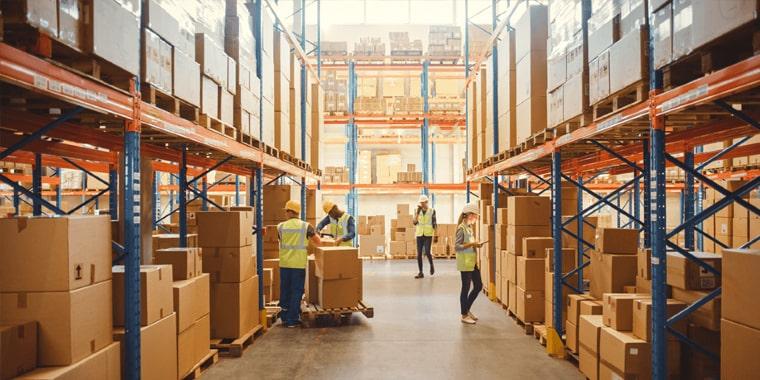
It is not practical or feasible for small businesses to purchase more stock and overstock; with the proper analytics like in Tranquil ERP, you will be able to forecast sales of an item; however, you may still face unexpected spikes in demand, and you could get stocked out.
While everyone wants to sell more, it is possible that you may be selling something you don’t have in your inventory, and end up disappointing customers if you don’t inform them at the outset about the delay in delivery.
You can avoid this by creating a backorder sales page and listing all backorders.
This has two benefits: you can accept backorders, and customers stay informed about possible delivery times.
ALSO READ: Guide on ERP in Production Planning
2. You have No Stock
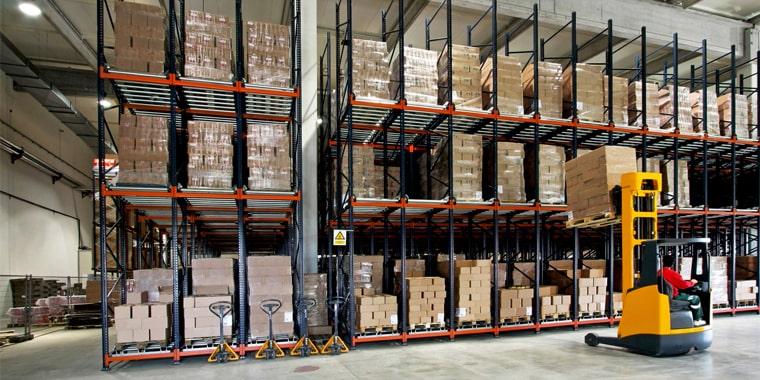
You can successfully run a business with backorders – provided you have a reliable supplier.
You can save a great deal on carrying costs, and can start accepting orders for products on your site; once you have sufficient orders, you can place orders with your supplier.
By not having to spend on additional storage and service costs for your inventory you can offer a greater variety of products at a lesser price.
You can also ‘dropship’ your backorders – which means your customers will get their products directly from your vendor; instead of sending them first to your warehouse, they will ship to your customers.
ALSO READ: Benefits Of Software As A Service
Backorder in inventory management is especially beneficial when your products are big in size and bulky, as the carrying costs for such items is pretty high.
In such a case, you can inform your customers that delivery times for different items are likely to vary – and make sure you do have adequate quantities of the most popular items that can be shipped immediately.
When you mention at the outset about likely delays, customers are more likely to accept, especially for high-value items.
While this may sound like pre-ordering, there is one major difference: preorders are advance bookings that have a specific shipping date – the release date – but backorders are shipped as soon as they are available, and there is no set date for shipping.
ALSO READ: How to Choose an ERP Software to Enhance your Purchase Management?
How to Manage Backorders Appropriately

The first step in this is to understand what causes backorders so that you can take action to minimize them.
- Sudden demand spikes due to unforeseen circumstances like drastic weather changes, pandemic, etc
- Improper forecasting leading to stockouts
- Shortage of raw material or factory shutdowns
- Erroneous recording of backorders as sales orders or vice versa
- Improper warehouse management
ALSO READ: ERP software in Warehouse & Fixed Asset Management
Opening backorders could mean anxious customers, even if it means more sales; you are basically asking customers to pay in advance for an item you are not really sure when you can deliver.
Naturally, they will want regular updates, and you have to communicate regularly to keep them in the loop.
Let’s say you have given a particular date as the shipping date; every backorder customer will want regular updates starting from that date.
Always keep customers informed and don’t give them room to complain.
1. Communicate Openly with Your Fulfillment Partners
It is crucial that you communicate properly in your supply chain, as it can significantly help the need for backordering.
Make sure your vendors stay informed of stock levels and turnover times so that you can maintain steady stocks.
Both bits of information are equally important; with open communication flow, you can maintain the right amount of stock – not too much or too less.
ALSO READ: Difference Between Business Intelligence and ERP
2. Implement a Robust Warehouse Management System
An up-to-date warehouse management system will be able to handle large data volumes and save you the trouble of manual data entry; it will display stock levels in real-time and will automatically alert you to low inventory levels so that you can replenish it in time.
A robust ERP solution like Tranquil will also have the feature to perform inventory reconciliation, thereby ensuring there is no incorrect inventory data.
3. Ensure Forecasting Feature in the Warehouse Management System
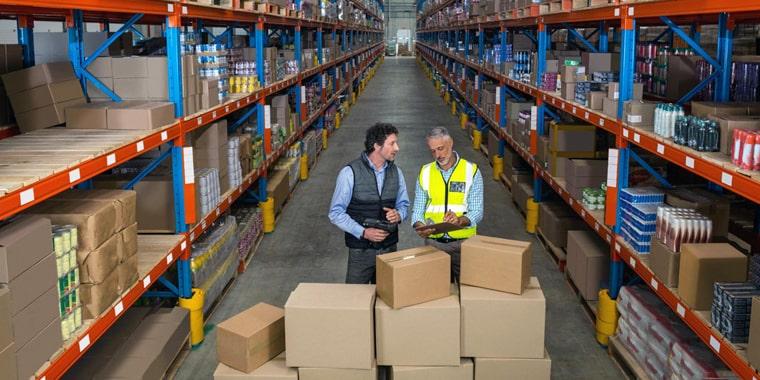
Configure your system to have alerts to not just notify you when stock levels reach a specific low, but also to forecast when the products would run low.
Some systems can also place orders automatically, without human intervention, when stocks reach a certain level so that there is no disruption in production or sales – thereby preventing backorders.
This will also help in preventing over-stocking.
The alerts will help you see exactly how much inventory you need and how quickly the products are selling.
You also need to know how much time it takes to restock products; combining the time taken for the stock to reach a particularly low and the time it will take for the product to arrive at your warehouse, you will know when and how much to order so that backorders can be avoided.
ALSO READ: Ways to Improve ERP with AI
4. Proper Training
If you want to eliminate or quickly fulfill backorders, you need to train your warehouse employees and ensure they know how the warehouse management system works.
This can help prevent incorrect reporting of stocks that are not on hand, or reporting stockouts when they are in the warehouse.
In both cases, it eliminates opening backorders.
ALSO READ: ERP vs CRM
5. Manage and Update All Order Channels
Ensure that your inventory data is updated across all order channels, to prevent an order channel to show a stocked-out product as available.
Displaying the stock can also help create a sense of urgency.
For example, ‘only 2 left in stock’ displayed under the product image could convey to the customer that this is a coveted product, and can prompt them to buy it.
Final Thoughts
It makes more sense to limit or altogether avoid the need for backorders by leveraging robust ERP systems like Tranquil, proper employee training, and maintaining open communication with all stakeholders.
There could still be unavoidable delays due to external factors like weather, pandemic restrictions, and so on – but keeping customers informed is key to ensuring their satisfaction.
While it may be necessary at times to reduce your holding costs, backordering as a continued strategy could land you in trouble if not managed appropriately.
We invite you to schedule a demo of Tranquil ERP at your convenient time and date so that we can explain to you and show you how exactly our ERP solution will help your business to gain rapid growth. Our team will be happy to answer all your queries. Contact us.

